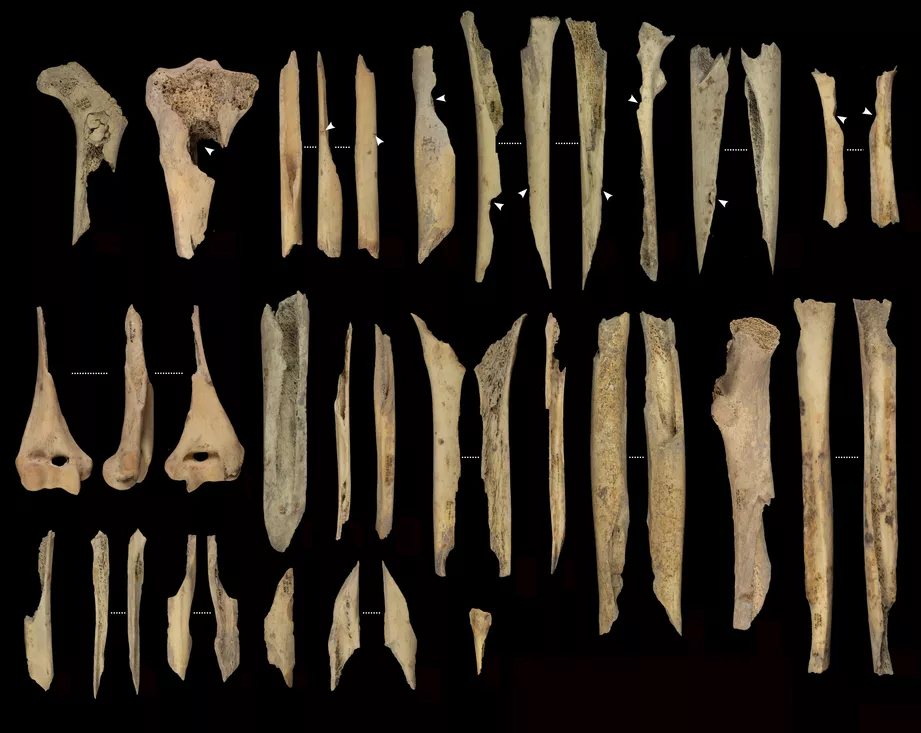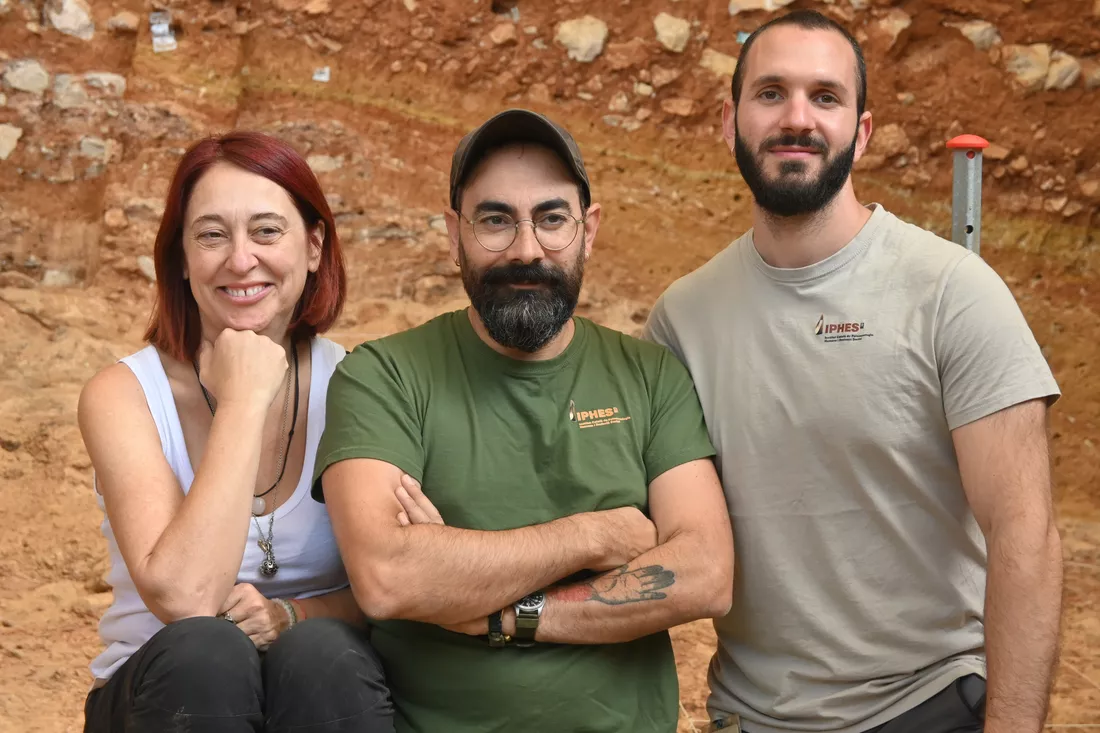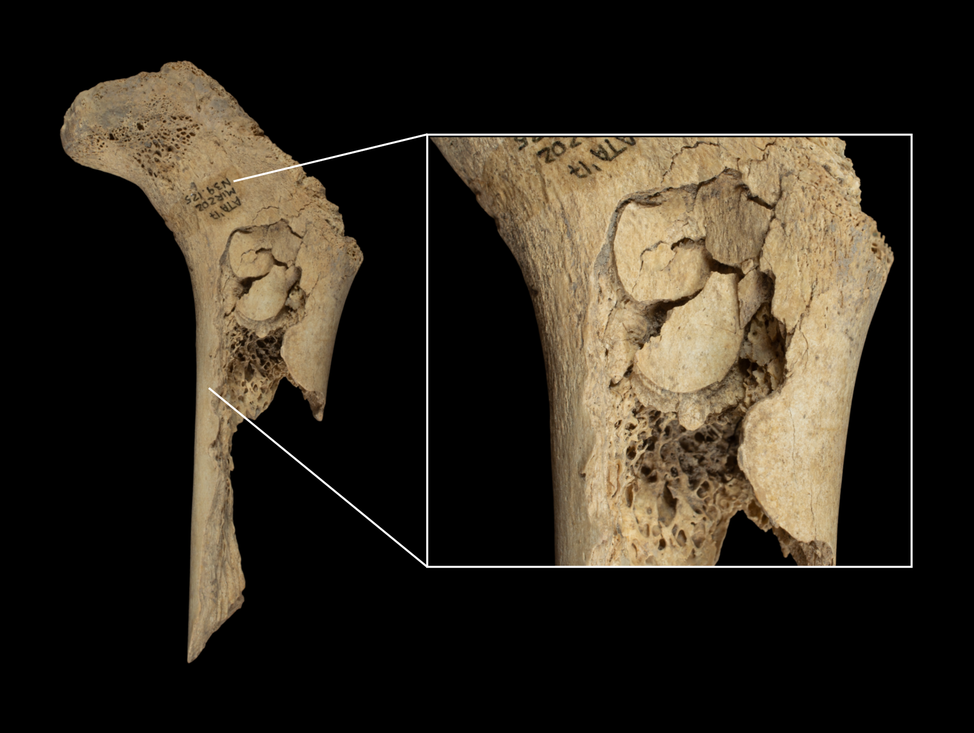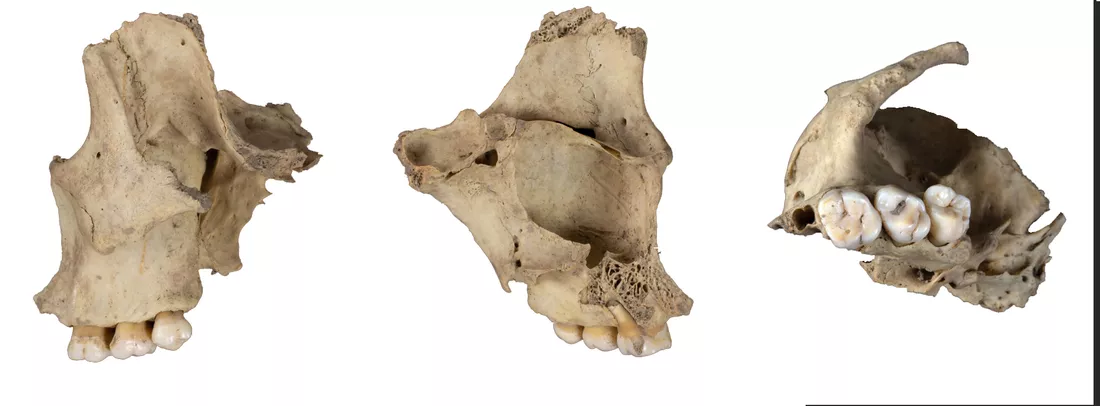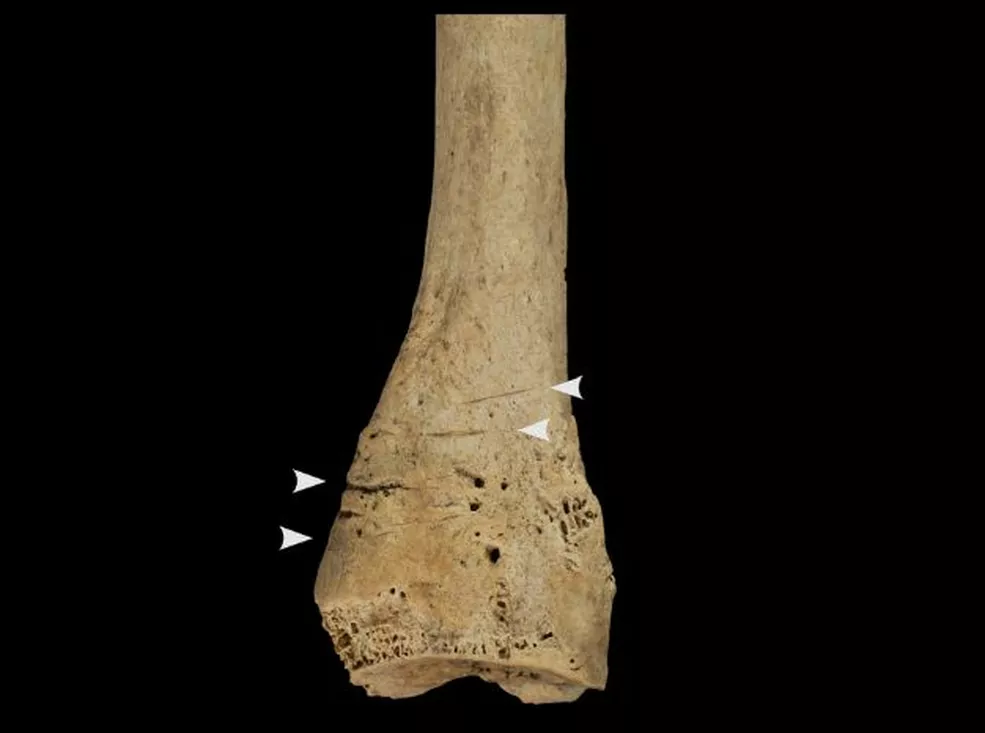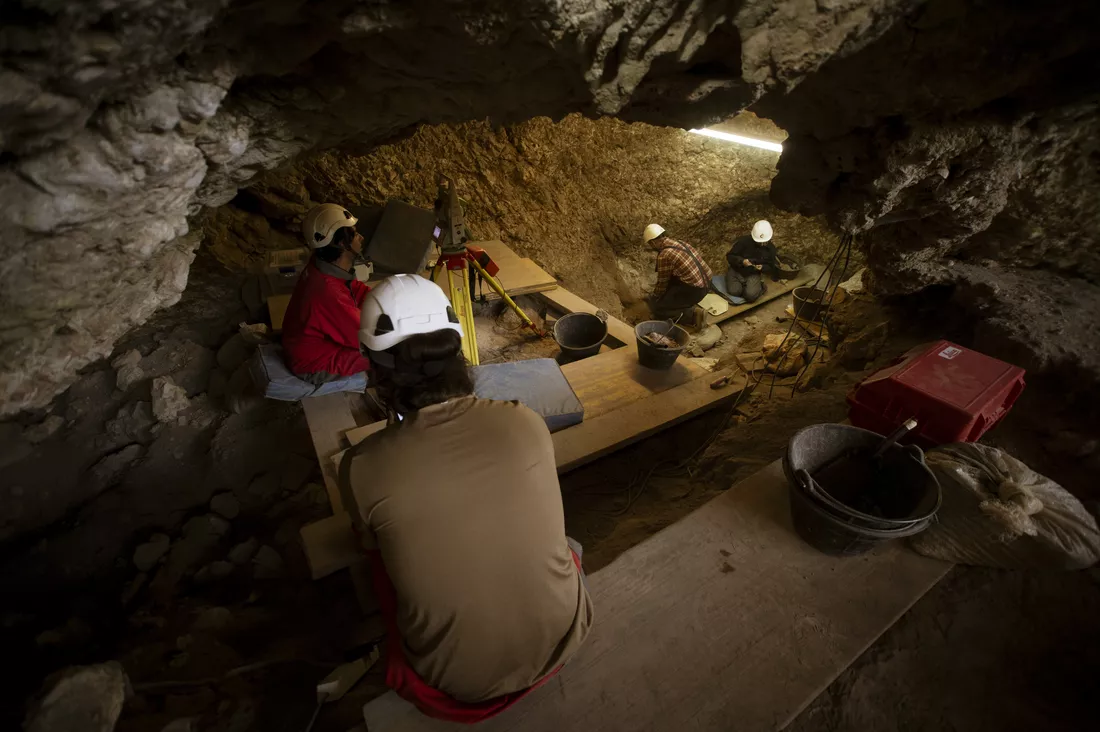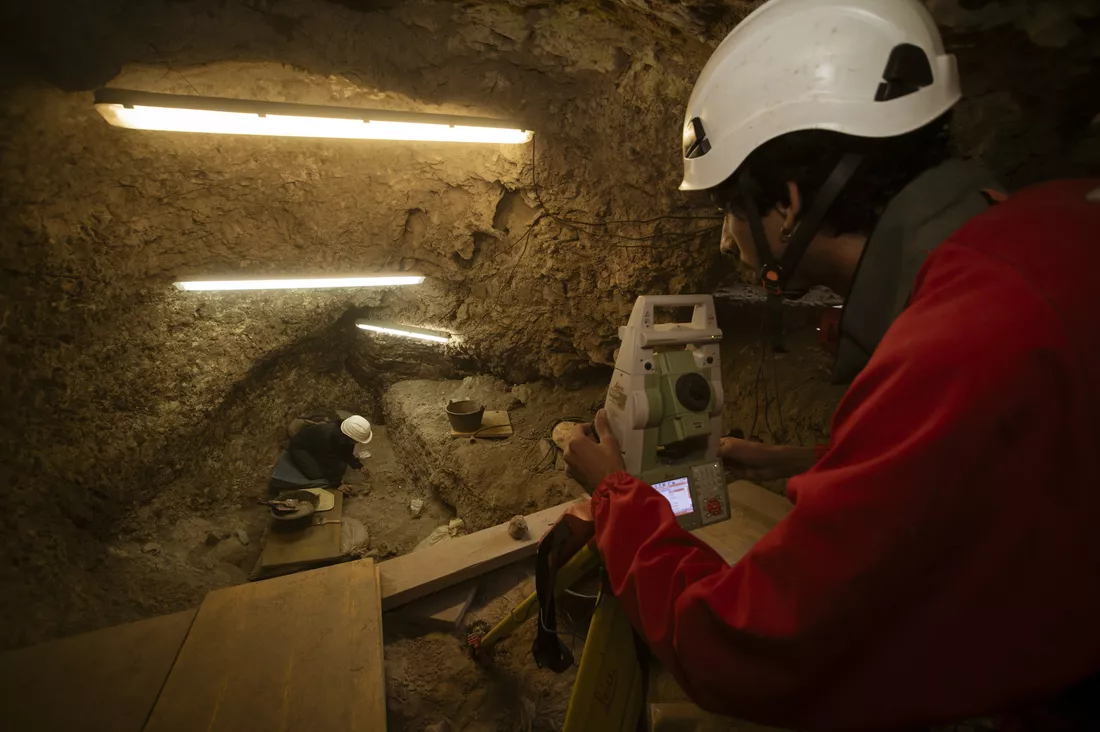New episode of cannibalism during the Late Neolithic uncovered at El Mirador cave (Atapuerca, Spain)
A study led by IPHES-CERCA and published in Scientific Reports documents an episode of possible violence between Late Neolithic herding communities that resulted in a case of cannibalism
A research team led by IPHES-CERCA has documented an episode of human cannibalism that occurred 5,700 years ago in El Mirador cave, in a context of violence between communities. This is a new case of cannibalism at the archaeological sites of the Sierra de Atapuerca (Burgos), this time involving local Neolithic communities.
The remains correspond to at least eleven individuals (including children, adolescents, and adults) who were skinned, defleshed, disarticulated, fractured, cooked, and consumed, according to the evidence identified on the bones. The data point to systematic consumption, with no visible signs of ritual or ceremonial practices, probably linked to conflict between neighboring groups or between locals and newcomers.
These are the main conclusions of a study published in the prestigious journal Scientific Reports, led by Dr. Palmira Saladié, researcher at IPHES-CERCA and the Universitat Rovira i Virgili. The research team also includes Dr. Antonio Rodríguez-Hidalgo from the Institute of Archaeology–Mérida (CSIC–Junta de Extremadura) and associated researcher at IPHES-CERCA, and Francesc Marginedas (IPHES-CERCA and URV), among others. The study forms part of an interdisciplinary research project on forensic anthropology, funerary practices, and prehistoric violence, carried out within the Atapuerca project and funded by the Spanish Ministry of Science, Innovation and Universities.
“In this study we are dealing with a new case of cannibalism at the Atapuerca sites,” says Palmira Saladié. “Cannibalism is one of the most complex behaviors to interpret, due to the inherent difficulty of understanding the act of humans consuming other humans. Moreover, in many cases we lack all the necessary evidence to associate it with a specific behavioral context. Finally, societal biases tend to interpret it invariably as an act of barbarism.”
Violence among local groups
The human remains were recovered from two sectors of the cave and are exceptionally well preserved. The taphonomic analysis identified cut marks, fractures for marrow extraction, evidence of cooking, and even human bite marks on a minimum of eleven individuals of different ages, including children, adolescents, and adults.
Strontium isotope analysis (⁸⁷Sr/⁸⁶Sr) shows that all the individuals consumed were of local origin and that they were devoured over a very short period of time—possibly just a few days. In addition, radiocarbon dating places the event within a precise timeframe: between 5,700 and 5,570 years before present, in a final phase of Neolithic occupation of the cave, just before the site was repurposed for funerary use.
“This was neither a funerary tradition nor a response to extreme famine,” explains Francesc Marginedas. “The evidence points to a violent episode, given how quickly it all took place—possibly the result of conflict between neighboring farming communities.”
Cannibalism as a form of social control
Everything suggests an intergroup conflict, involving the elimination of an entire family group and the subsequent consumption of the victims.
“Conflict and the development of strategies to manage and prevent it are part of human nature,” notes Antonio Rodríguez-Hidalgo. “Ethnographic and archaeological records show that even in the less stratified and small-scale societies, violent episodes can occur in which the enemies could be consumed as a form of ultimate elimination.”
The researchers relate this episode to other Neolithic massacres in Europe, such as those at Talheim (Germany) or Els Trocs (Spain), although the case of El Mirador provides clear evidence of the systematic consumption of victims. Similar behaviors, linked to intergroup violence and cannibalism, have been documented at sites such as Fontbrégoua Cave in France or Herxheim in Germany.
A key site for understanding prehistoric violence
This study builds on previous discoveries at El Mirador cave, where a more recent case of cannibalism—dated to the Bronze Age, between 4,600 and 4,100 years ago—had already been documented. The new findings demonstrate that such practices were already present in the Late Neolithic.
This new research adds to earlier investigations at the same site, where a similar episode was documented during the Bronze Age. “The recurrence of these practices at different moments in recent prehistory makes El Mirador a key site for understanding prehistoric human cannibalism and its relationship to death, as well as possible ritual or cultural interpretations of the human body within the worldview of those communities,” concludes Palmira Saladié.
This research was supported by the Spanish Ministry of Science, Innovation and Universities and the European Social Fund, through the projects PGC2018-093925-B-C32, PID2021-122355NB-C32, and RYC2022-037802-I; the Agency for Management of University and Research Grants of the Government of Catalonia (SGR2021-01239 and SGR2021-01237); and the Universitat Rovira i Virgili (2022PFR-URV-64). The project also received support from the “María de Maeztu” Excellence Accreditation (CEX2024-01485-M), funded by the Spanish Ministry of Science, Innovation and Universities and managed through the State Research Agency (AEI).
Reference
Saladié, P., et al. (2025). Evidence of Neolithic cannibalism among farming communities at El Mirador cave, Sierra de Atapuerca, Spain. Scientific Reports. DOI: 10.1038/s41598-025-10266-w

